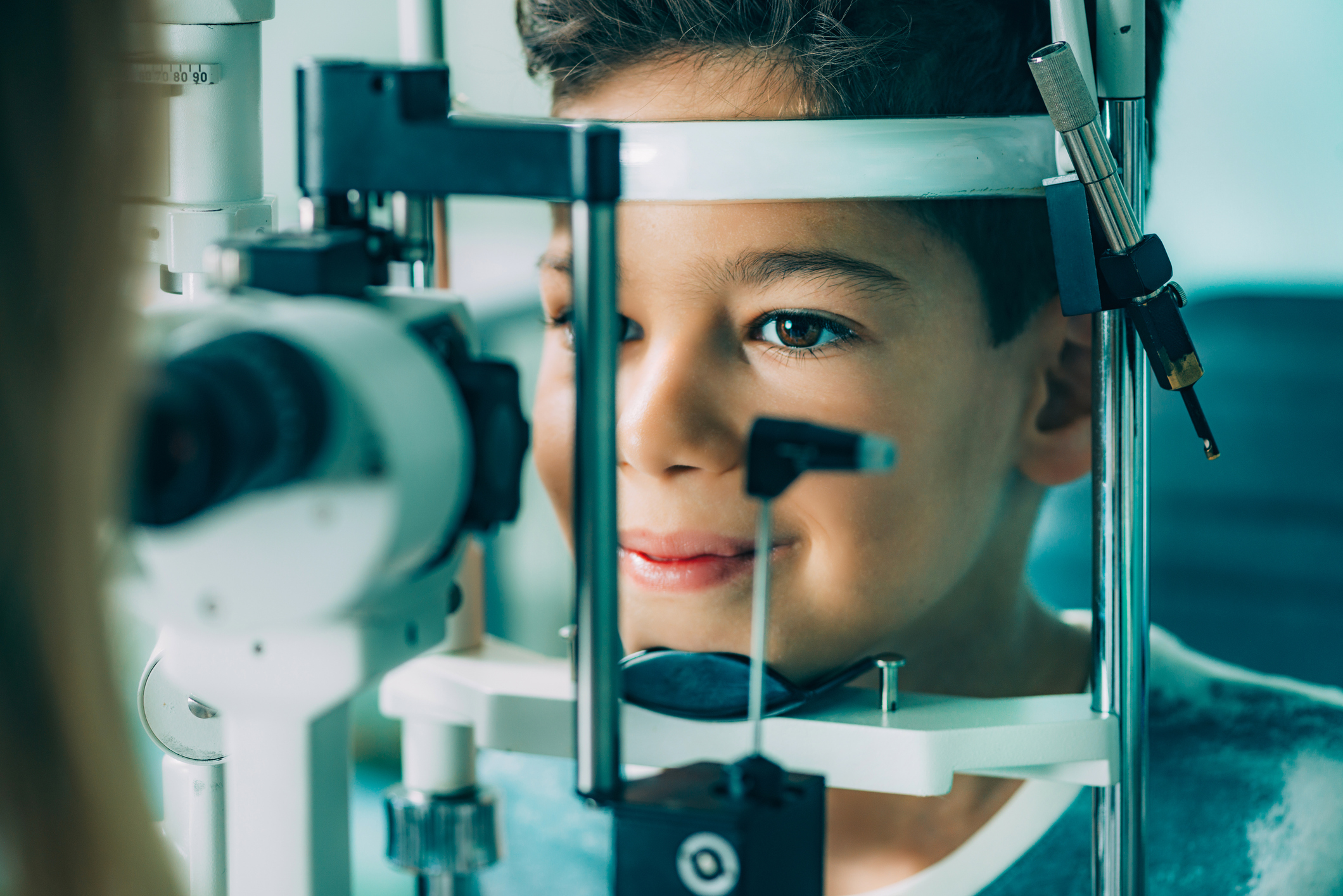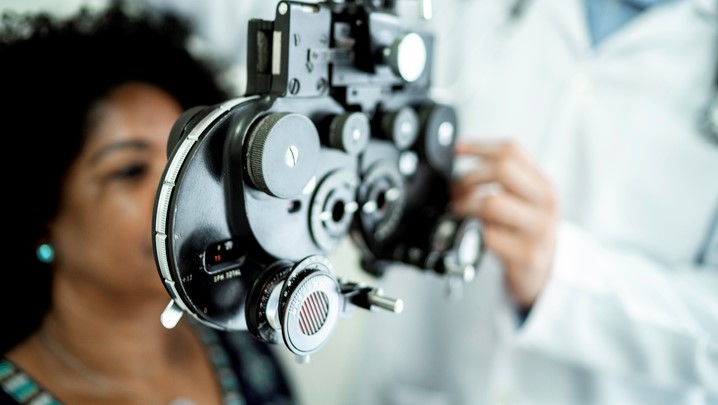Growing Eyes, Bright Futures
As the child grows, so do their eyes! Healthy vision is an important part of a child’s overall well-being, allowing them to succeed in their everyday activities in school and on the playing field. However, children with vision problems are generally unaware of their condition, because they assume everyone sees the way they do. Parents may also not realize their child has a vision problem, especially if the child seems to be functioning well in other areas.
It’s important to be on the watch for signs that suggest your child may be struggling to see. Some common signs and symptoms include:
- Squinting
- Excessive blinking
- Excessive eye rubbing
- Tearing, red, itchy, or burning eyes
- Holding objects close to the eyes
- Headaches or eye strain
- Blurry vision or double vision
- Eye turn (strabismus)
- Turning or tilting the head
- Covering or closing one eye
Most of these are fairly intuitive, but there is a long list of other signs and symptoms that are linked to potential issues in your childrens vision that aren’t so obvious. If you have any concerns regarding your child’s vision, book an appointment with your local optometrist.
How often should your child get their eyes checked?
It is crucial that children get a comprehensive eye exam regularly. It is never too soon to see your optometrist! A comprehensive eye examination is the best tool for the early detection of eye disease and several systemic diseases.
| Age group | Comprehensive eye exam frequency for low-risk, asymptomatic individuals. |
| Infants and Toddlers (birth to 24 months) | Infants and toddlers should undergo their first eye examination between the ages of six and nine months |
| Preschool Children (Two to five years) | At least one eye examination between the ages of two and five years |
| School Age Children (Six to 19 years) | Annually |

Protect Children’s Sight
Playing outside can help prevent the development of Myopia in children. Studies have shown that an hour of outdoor time each day for children may help to delay the onset of myopia1 ,2 . Remember to wear sunglasses and sunscreen while outdoors. Learn more about how you can support your children beyond the exam room.
Limit screen time: Get into a good habit of taking regular breaks from screens every 30-60 minutes helps relax their eyes. For all children, screen time is not recommended at least 1 hour before bedtime, to help with better sleep. Learn more about children and screen time.
For more information and resources on children’s eye health, visit the Eye Health Library.

Find a Local Optometrist
Your optometrist can help you take control of your family’s eye health and protect their vision, now and into the future. Book an appointment today.
1 Guo Y et al. Outdoor jogging and myopia progression in school children from rural Beijing: the Beijing children eye study. Transl Vis Sci Technol. 2019;8(2):2-2
2 Xiong S et al. Time spent in outdoor activities in relation to myopia prevention and control: a meta-analysis and systematic review. Acta Ophthalmol. 2017;95(6):551-566.